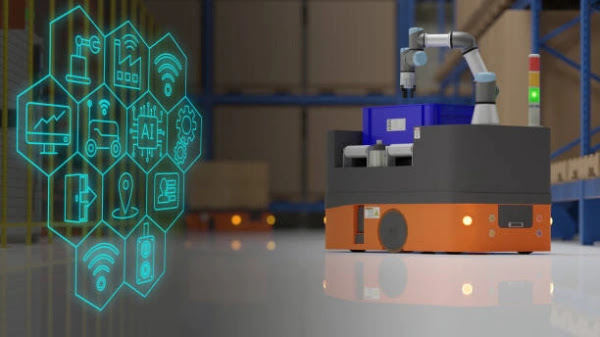Featured
- Get link
- X
- Other Apps
What is remote work monitoring?
Remote work monitoring is the process of tracking and analyzing employee activity and productivity while they are working remotely. This can be done through a variety of methods, including time tracking software, productivity apps, and screen monitoring tools.
There are a number of reasons why employers might choose to
monitor their remote workers. For example, they may want to ensure that
employees are actually working during their scheduled hours, or that they are
not spending too much time on personal tasks. Additionally, monitoring can help
employers identify areas where their employees are struggling, so that they can
provide them with the support they need to be successful.
However, remote work monitoring is a controversial topic.
Some people argue that it is an invasion of employee privacy, and that it can
create a stressful and distrustful work environment. Others argue that it is a
necessary tool for ensuring that remote workers are productive and accountable.
Ultimately, the decision of whether or not to monitor remote
workers is a complex one. There are a number of factors to consider, including
the company's culture, the nature of the work, and the employees' individual
preferences.
Types of remote work monitoring
There are a number of different ways to monitor remote
workers. Some of the most common methods include:
·
Time tracking software: This type of software
tracks how much time employees spend on different tasks. This can help
employers to identify areas where employees are spending too much or too little
time, and to make sure that they are meeting their deadlines.
·
Productivity apps: These apps track how
productive employees are. They can do this by tracking how often employees
switch between tasks, how long they spend on each task, and how many errors
they make.
·
Screen monitoring tools: These tools allow
employers to see what their employees are doing on their computers. This can be
used to track employee activity, to identify potential security risks, and to
troubleshoot technical problems.
Benefits of remote work monitoring
There are a number of potential benefits to remote work
monitoring. These benefits include:
·
Increased productivity: Monitoring can help to
identify areas where employees are struggling, so that they can be provided with
the support they need to be successful. This can lead to increased productivity
overall.
·
Improved accountability: Monitoring can help to
ensure that employees are actually working during their scheduled hours, and
that they are not spending too much time on personal tasks. This can help to
improve accountability and trust between employees and employers.
·
Early identification of problems: Monitoring can
help to identify potential problems early on, such as employees who are
struggling to meet their deadlines or who are experiencing technical
difficulties. This can help to prevent these problems from escalating and
causing more serious disruptions.
Drawbacks of remote work monitoring
There are also a number of potential drawbacks to remote
work monitoring. These drawbacks include:
·
Privacy concerns: Some people argue that remote
work monitoring is an invasion of employee privacy. They argue that employees
have a right to work without being constantly watched.
·
Stress and distrust: If not done carefully, remote
work monitoring can create a stressful and distrustful work environment.
Employees may feel that they are being constantly watched, and that their
privacy is not being respected. This can lead to decreased morale and
productivity.
·
Legal issues: In some jurisdictions, there are
legal restrictions on the use of remote work monitoring. Employers should
carefully research the laws in their jurisdiction before implementing any
monitoring software or tools.
How to do remote work monitoring right?
If you are considering implementing remote work
monitoring, there are a number of things you can do to do it right. These
include:
·
Be transparent with your employees: Be clear
with your employees about why you are monitoring them, and how the data will be
used. This will help to build trust and avoid any privacy concerns.
·
Use the data wisely: Only use the data from
remote work monitoring to improve productivity and efficiency. Do not use it to
punish or micromanage your employees.
·
Be respectful of employee privacy: Only collect
data that is relevant to your business needs. Do not collect data that is
personal or confidential.
·
Update your policies: If you are implementing
new remote work monitoring software or tools, make sure to update your employee
policies accordingly. This will help to ensure that everyone is on the same
page about how the data will be used.
Conclusion
Remote work monitoring is a complex topic with both
potential benefits and drawbacks. If you are considering implementing remote
work monitoring, it is important to carefully consider all of the factors
involved. By doing so, you can help to ensure that you are using remote work
monitoring in a way that is both effective and respectful of employee privacy.
- Get link
- X
- Other Apps


